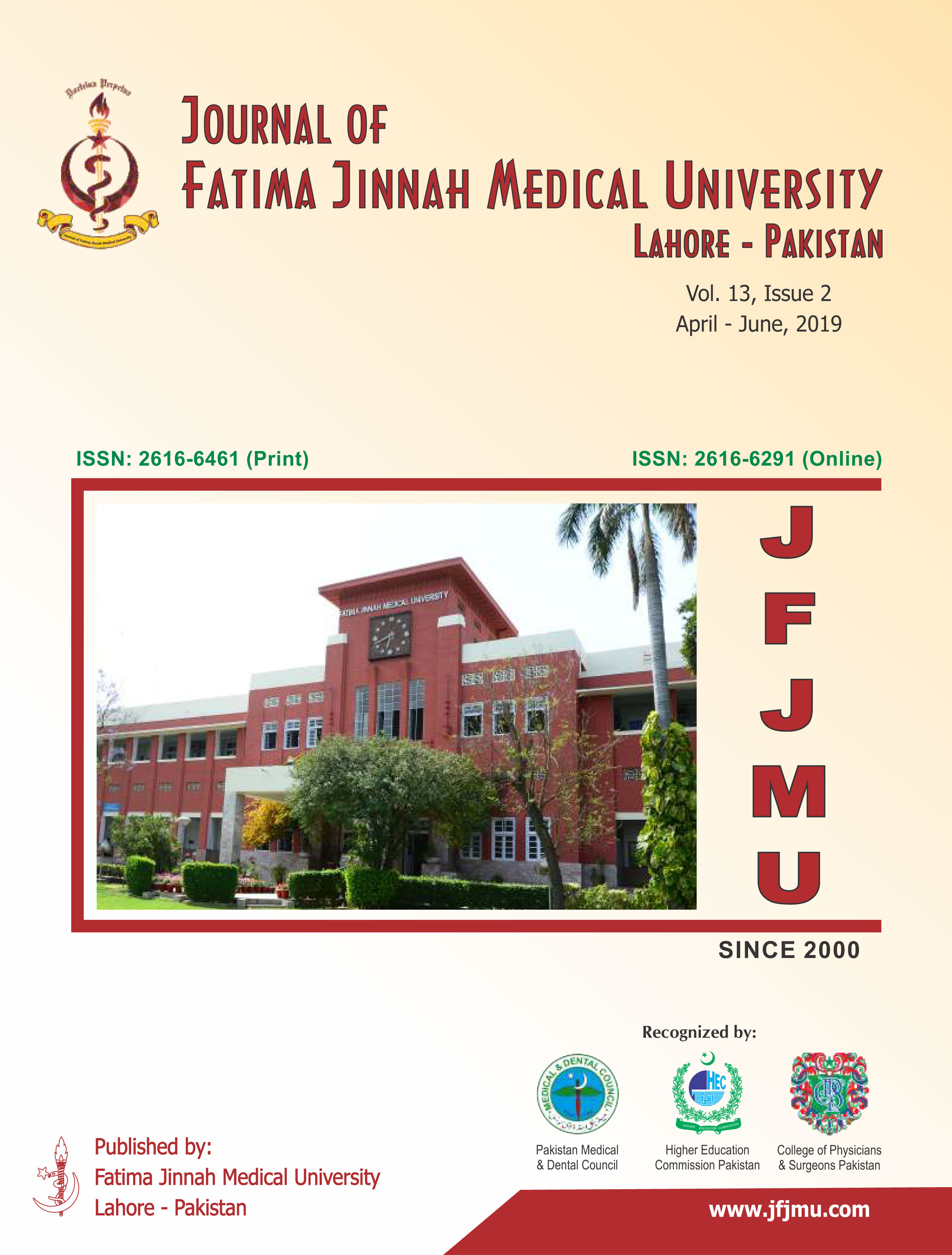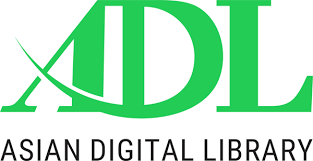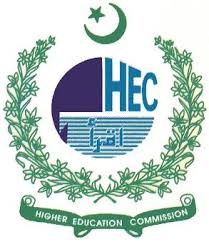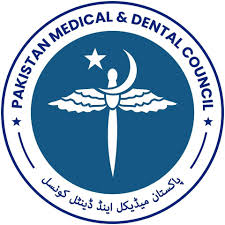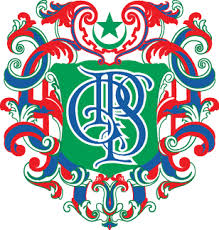Identification of genetic variant in the low density lipoprotein receptor gene causing familial hypercholesterolemia
Keywords:
Hypercholesterolemia, LDLR, MutationsAbstract
Background: Familial hypercholesterolemia (FH) is an autosomal-dominant genetic disorder characterized by mutation in three known genes. High serum low density lipoprotein (LDL) cholesterol levels results in the excess deposition of cholesterol in the tissues leading to atherosclerosis and great possibility of premature coronary heart diseases. The most common genetic aberration is seen in low density lipoprotein receptor (LDLR) gene located on chromosome 19. The ApoE, ApoB, LDLR and LPL genes are associated with lipid metabolism. Current study aimed to characterize the Exon 4 of the LDLR gene in Familial Hypercholesterolemia.
Materials and methods: After clinical evaluation, 20 samples were collected under sterile conditions from patients of different hospitals of Lahore having history of familial hypercholesterolemia and myocardial infarction. Organic method for DNA extraction was used. Primers were designed for LDLR Exon 4 and amplification of the Exon was carried out.
Results: The mean age of the patients was 47.6 years. All of the patients were tested for their lipid profile. The results indicate a mean total cholesterol of 356.3 mg/dl, LDL cholesterol of 251.1mg/dl, HDL cholesterol of 60.2mg/dl and triglycerides of 204.2 mg/dl. The genomic DNA was extracted from all 20 blood samples and was detected through agarose gel electrophoresis. A single band of 470bp with maximum concentration was obtained at 61oC. No SNPs were detected in the amplified regions of the exon 4 of LDLR gene in the selected samples.
Conclusions: The current stud conclude that the early identification allows the individuals changes in lifestyle that includes dietary intervention, followed by drug treatment. This study will help the early detection and treatment of such cases and may ultimately reduce the incidence of mortality due to myocardial infarction.
Downloads
Published
How to Cite
Issue
Section
License
The Journal of Fatima Jinnah Medical University follows the Attribution Creative Commons-Non commercial (CC BY-NC) license which allows the users to copy and redistribute the material in any medium or format, remix, transform and build upon the material. The users must give credit to the source and indicate, provide a link to the license, and indicate if changes were made. However, the CC By-NC license restricts the use of material for commercial purposes. For further details about the license please check the Creative Commons website. The editorial board of JFJMU strives hard for the authenticity and accuracy of the material published in the journal. However, findings and statements are views of the authors and do not necessarily represent views of the Editorial Board.


